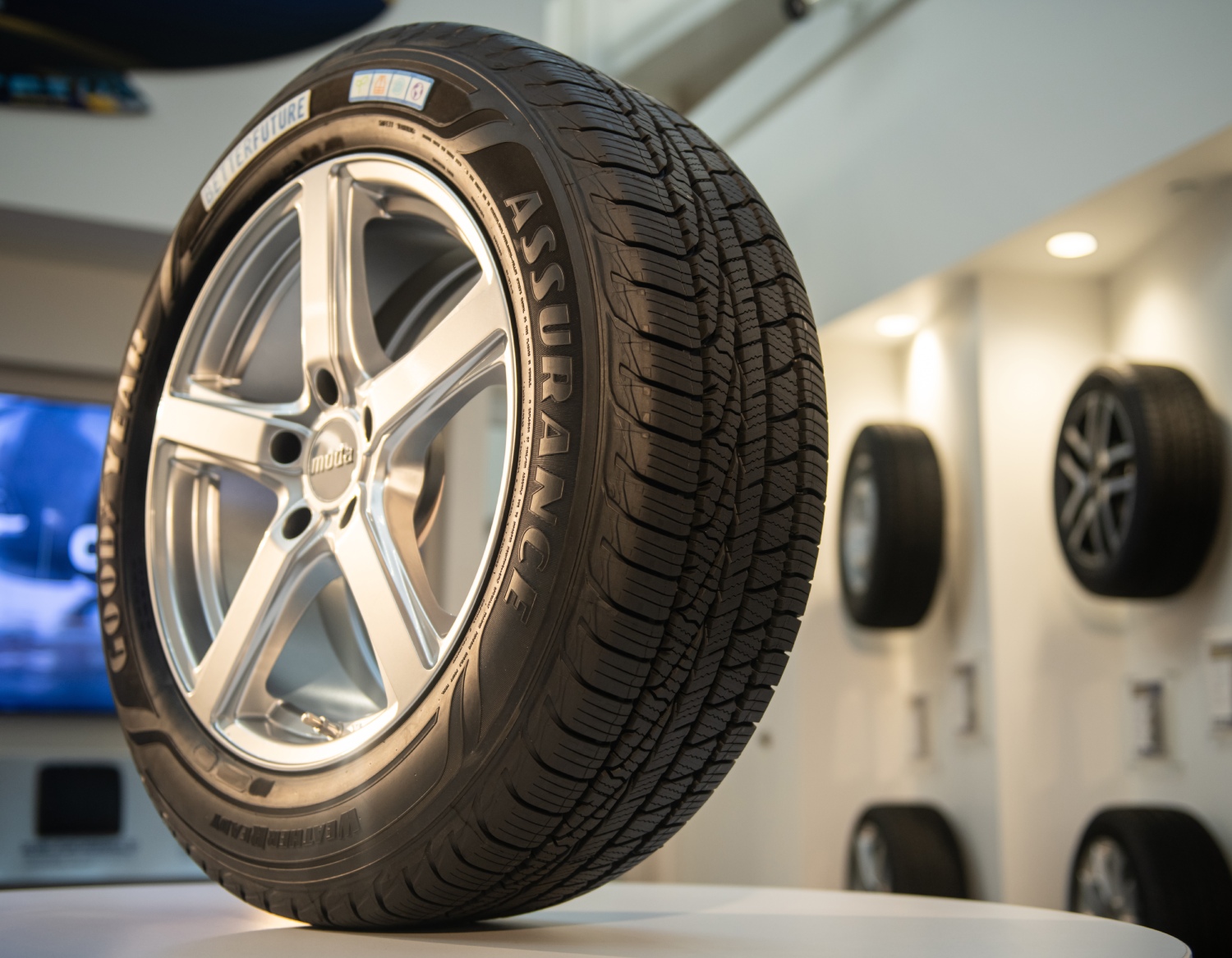
New Goodyear Sustainable Tires Made From Bio-Renewable Pine Tree Resin
While many companies are working to become more sustainable in the future, Goodyear has worked hard at making sustainable car tires for the masses. Goodyear makes these new tires from 17 ingredients across 12 components, from soybean oil to bio-renewable pine tree resins. If you want to put some of these Goodyear sustainable tires on your next car, truck, or sport utility vehicle, keep reading to find out how these tires are made.
Goodyear makes its new sustainable tires of rice husk ash
Goodyear recently announced it had made progress toward having a 100% sustainable-material tire by 2030. The company recently announced a tire made from 70% sustainable material content that will be available in 2023. Goodyear previously announced a prototype tire, but this version recently passed all testing.
“This is an exciting achievement that demonstrates our commitment to increasing the use of sustainable materials in our tires.”
Chris Helsel | Goodyear, senior vice president, global operations and chief technology officer
Goodyear makes the new tires of 13 featured ingredients across nine different components. One of those ingredients is carbon black, included to help increase the tire’s life and for compound reinforcement. Goodyear used three types of carbon black in production: methane, carbon dioxide, and plant-based oil.
“Initial life cycle assessments demonstrate either reduced carbon emissions compared with current methods of carbon black production or the use of bio-based or waste feedstock sources,” Goodyear says. That means passenger cars like the Toyota Highlander SUV could use these new tires and other popular vehicles.
Goodyear’s sustainable tires also use soybean oil left over from feed applications

Soybean oil is a recent significant innovation that helps keep Goodyear’s new sustainable tires pliable when the temperature changes. The use of soybean oil helps reduce the dependency on petroleum-based products. Most soy protein is used in food/animal feed, but Goodyear can use the surplus in industrial applications like tire production.
Silicia is another ingredient that helps improve the tire’s grip and reduce fuel consumption. Goodyear used rice husk ash, a byproduct of rice processing that companies usually discard in landfills. The production uses recycled bottles and other plastic waste reverted into base chemicals reformed into “technical grade polyester feasible for tire cords.”
On top of that, bio-renewable pine tree resin helped improve tire traction and replace the traditional petroleum-based resin. Bead wire and steel cord from steel with high-recycled content help reinforce the tire’s structure. It isn’t clear if these tires would be specifically for an electric vehicle such as the Tesla Model 3 or a gasoline-powered car.
You might see these tires on the market this year
Goodyear launched a website for its new sustainable-material tires, allowing drivers to sign up for more information. Upon signing up, the company wants to know if you will use the tires on an electric, hybrid, or gasoline-powered vehicle. If all goes as planned, production for these Goodyear sustainable tires will start later this year.
Helsel says, “We continue to make progress toward our goal of introducing the first 100% sustainable-material tire in the industry by 2030.” The new tires also include ISCC-certified mass balance polymers from bio- and bio-circular feedstock, only adding to the benefits. ISCC is a sustainability certification system to help identify and certify companies following such standards.
Keep an eye out for Goodyear testing tires on a Tesla Model 3 as it did with its airless tires. You never know where sustainable tires might roll up next.



